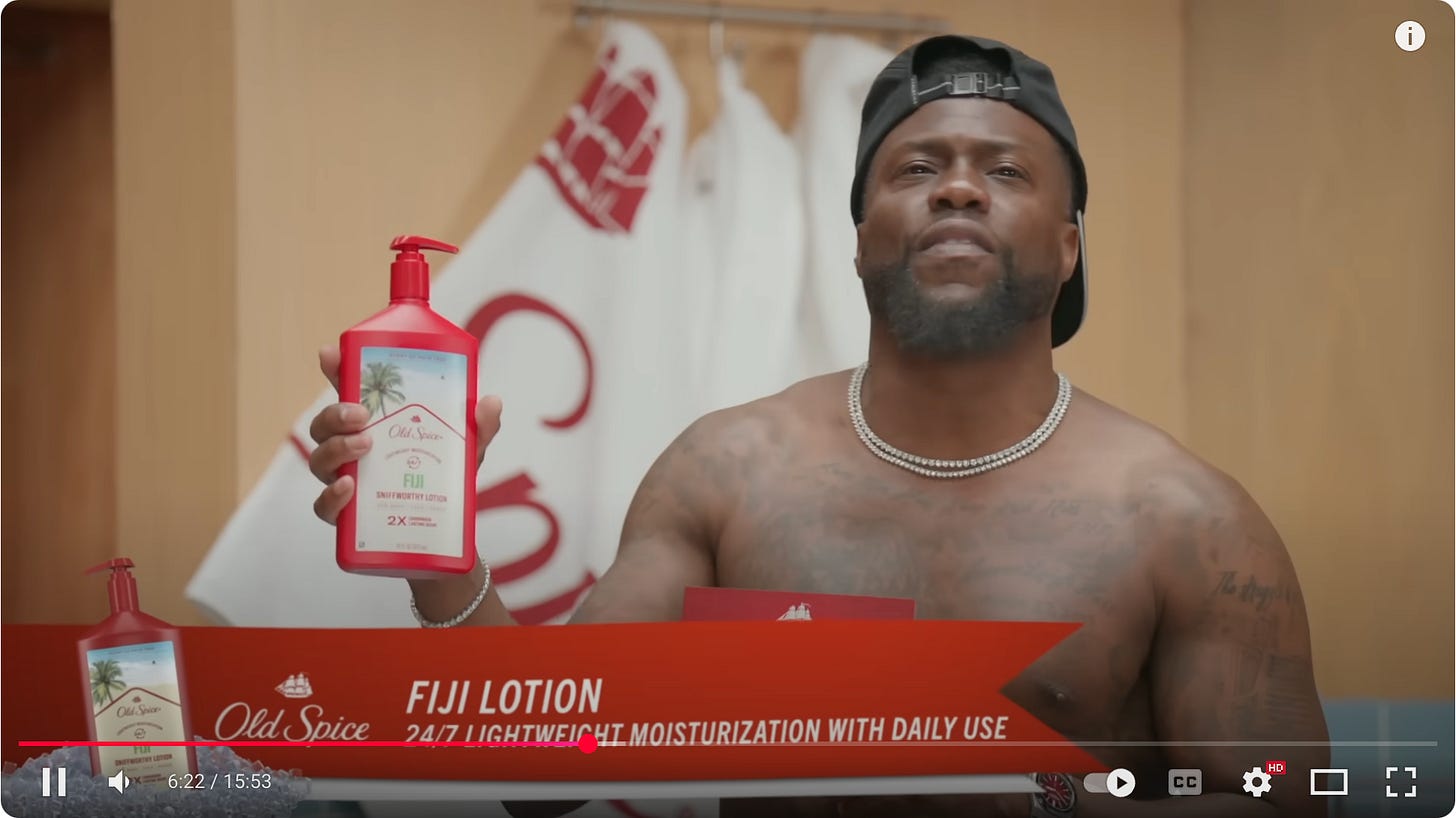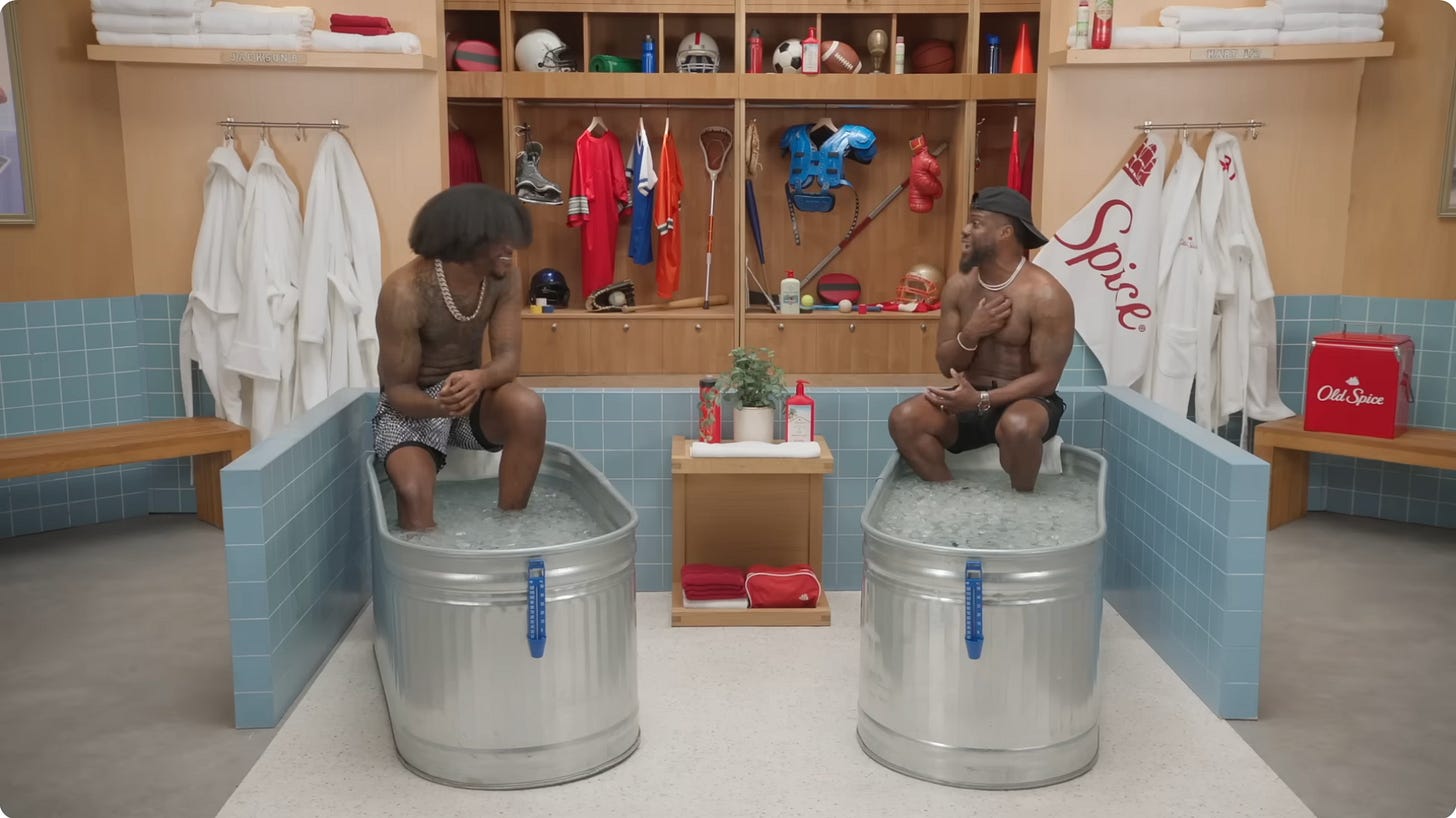Hartbeat’s Janine Lundy on the state of selling, producing, and measuring brand-funded shows
Just a few years ago, as ad-free streaming began to soar, there was a sudden renewed interest in brands looking to integrate their messages into series, or underwrite them entirely. The branded entertainment business – long a sidecar for media plans – found itself with renewed urgency.
Fast forward to today, and ad-supported streaming options abound, and most of the growth being achieved by services like Netflix is found within their ad tiers, while at the same time free, ad-supported services are enjoying viewership jumps. So where exactly does that leave branded content?
Kevin Hart’s production/advertising company Hartbeat has sort of ridden the ebbs and flows of this ever-evolving sector. Even with his booming standup and movie career, Hart was relatively early on YouTube, launching the LOL network in 2017 and even participating in YouTube’s seemingly final round of original content that same year with the celebrity workout reality show “What the Fit?”
Earlier this year, the comedy-centric Hartbeat downsized, consolidating departments while enduring layoffs.
While marketers are still interested in funding original shows, there seems a clear shift toward doing so with creators or creative talent versus owning a pricey Hulu scripted series, for instance.
I caught up with Janina Lundy, Hartbeat’s EVP, Global Head of Marketing & Brand Partnerships, on my Next in Media podcast this week.
The industry vet, who’s logged stints at Paramount and Amazon prior to Hartbeat, talked about changing appetites among marketers, whether brands are skittish about comedy, and why measurement remains a challenge.
Here’s Lundy on how marketers approach branded content, and the ever-evolving means of funding it:
“I think a lot of brands want to be in this space, but don’t necessarily know how they want to be in the space. So everybody’s kind of figuring it out as we go….There’s the world of entering into space by just putting your brand into content, which I think is how it has been done in the past, just like a traditional integration. What we’re looking to do and the way that we’re working is more either co-creating content with a brand.”
On the fragmentation in the market:
“Sometimes we have media agencies who are coming to us knowing that they want this to go through a media buy, but need us to just develop the content that’s going to go with it. And some of it is creative-led. I think as far as where the budgets are coming from, originally [it’s been] in-house, or they can come from an influencer team. They can come from some of the entertainment teams within different orgs within the brand team, they can come from social. So it’s coming from all over.”
“We do get a lot of RFPs, but a lot of times we’ll get an RFP that’s more traditional, that somebody’s looking for a commercial. We get a lot of calls of people who are looking for Kevin specifically. And you know, where we’re really focused is on expanding beyond that and sort of bringing comedy and bringing other talents.”
Of course, it’s hard for marketers to not look to Hart himself, given his huge following, his track record as a commercial spokesperson, and his willingness to experiment. A great example is “Cold as Balls,” which is funded by Old Spice, featuring Hart interviewing athletes like Baltimore Ravens quarterback Lamar Jackson while both men sit in ice baths. That show has been running on YouTube for 12 seasons.
Now, more consumers can watch a show like “Balls” on TV, which theoretically changes the equation -as brands don’t necessarily have to ink a deal with a streaming service to get their branded entertainment project on the big screen.
But not every marketer sees it that way, said Lundy.
“I think you know that and I know that and I think everyone’s reading that YouTube is where people are watching TV. But I think there’s still education that exists with brands. A lot of brands still don’t see [YouTube] as premium. And it’s a conversation that we’re having on a consistent basis because we find a lot of success in YouTube. That’s where the audience is.”
“And we’re doing more premium content within YouTube, both short and long-form.”
An example of that is “Caddy and the Kid,” a travel/golf series featuring Major League Baseball legend Ken Griffey Jr., which lives primarily on YouTube. “We’re partnered with YouTube,” said Lundy. “They’re out alongside us, bringing it to brands.”
“I think we have a lot of trust within the brands that we’re working with. We’ve kind of been in this space for a long time and people kind of have seen our track record of how we’re working with talent and how we’re working with creators and comedy and understanding the brand side.”
One area that remains thorny for Hartbeat, and others in this space, is measuring the impact of these kinds of shows in an outcomes-obsessed era. Dhar Mann Studios CEO Sean Atkins wrote about this on Linkedin: “Creators are becoming one of the most efficient parts of the marketing mix — if you measure them correctly,” he wrote.
”The problem? Most brands and agencies don’t. Goals, metrics, and creator type are almost always out of sync.”
Lundy acknowledged that branded content measurement in particular is a work in progress:
“There’s not a common way and we don’t have the magic formula. But what I will say is again, coming from the brand side and coming from the advertising side, I understand what they’re looking for and what they have to report on their side. We’re in it. This is a business on our side too. So we want the content to be successful both for us and for the partners that we’re working with. So that’s the bottom line for us too.”
As for what’s next for Hartbeat? Lundy could only say so much:
“We have this idea of brands can be movie stars too. So how can we personify the brand? So we are creating a character within the story that sort of is the brand. And that shows up in an authentic way where afterwards you think to yourself, “was that an integration or was it just a coincidence?”




